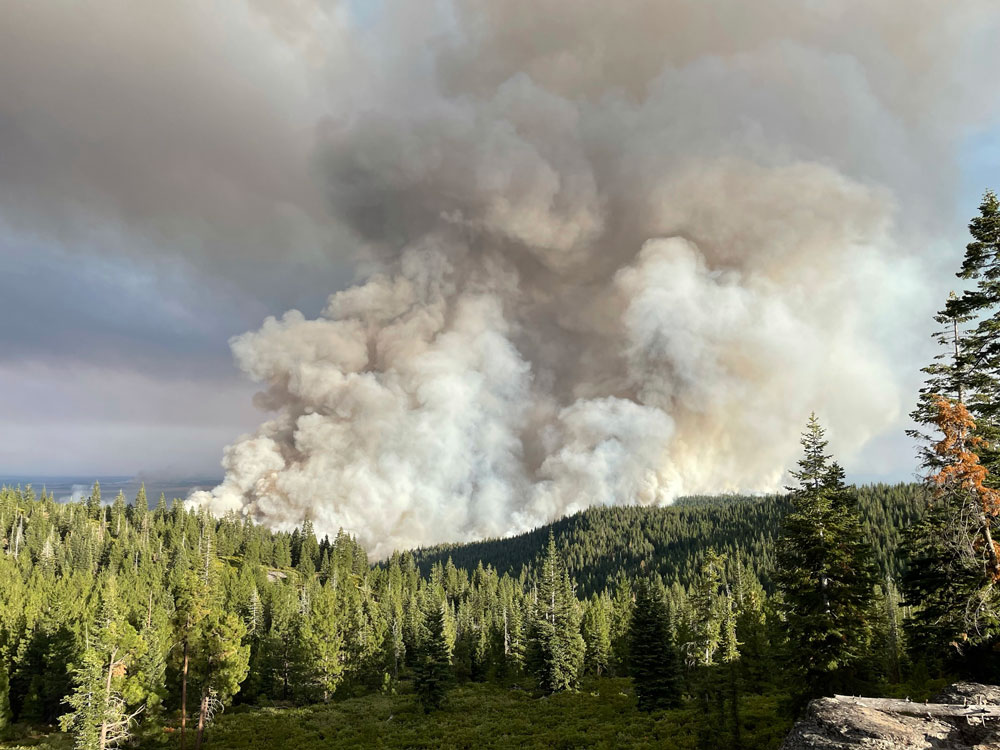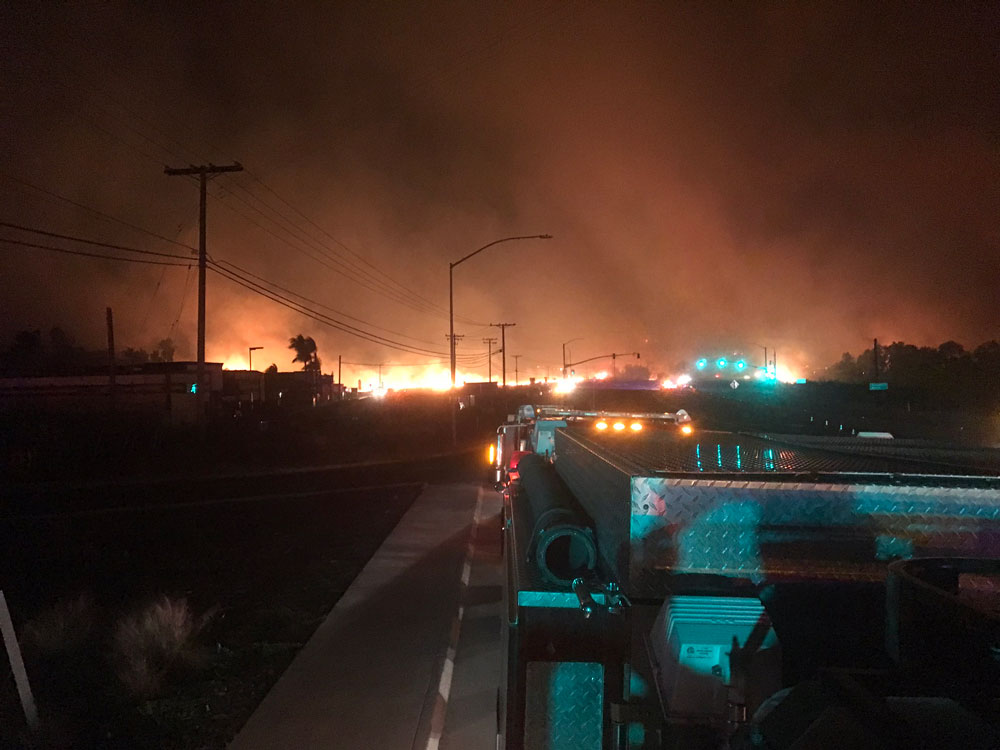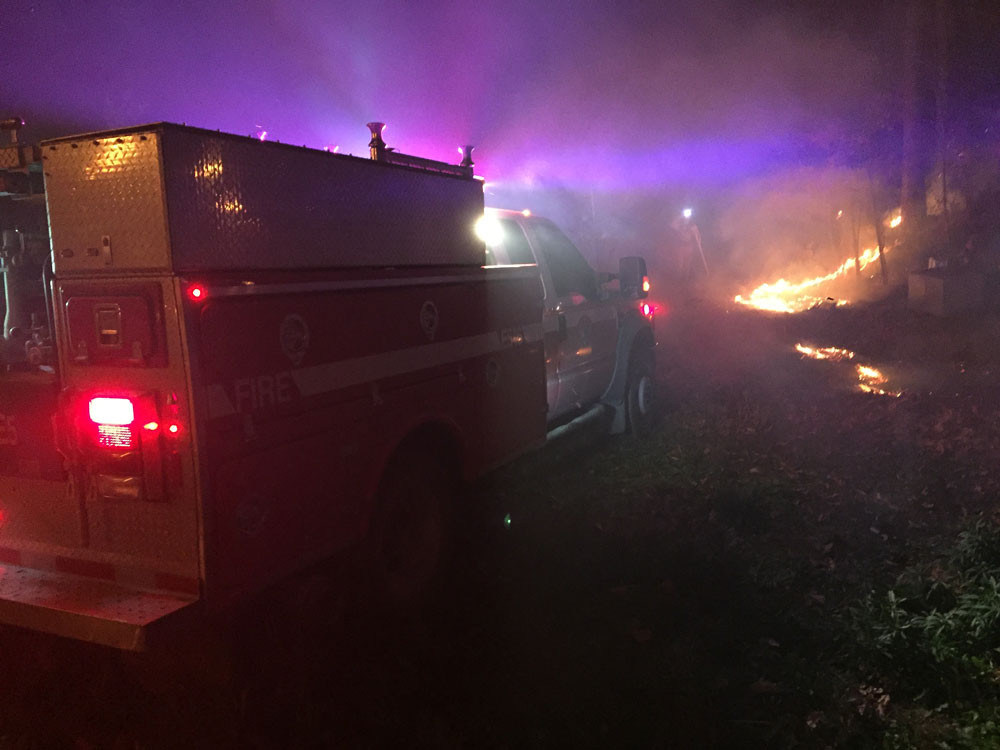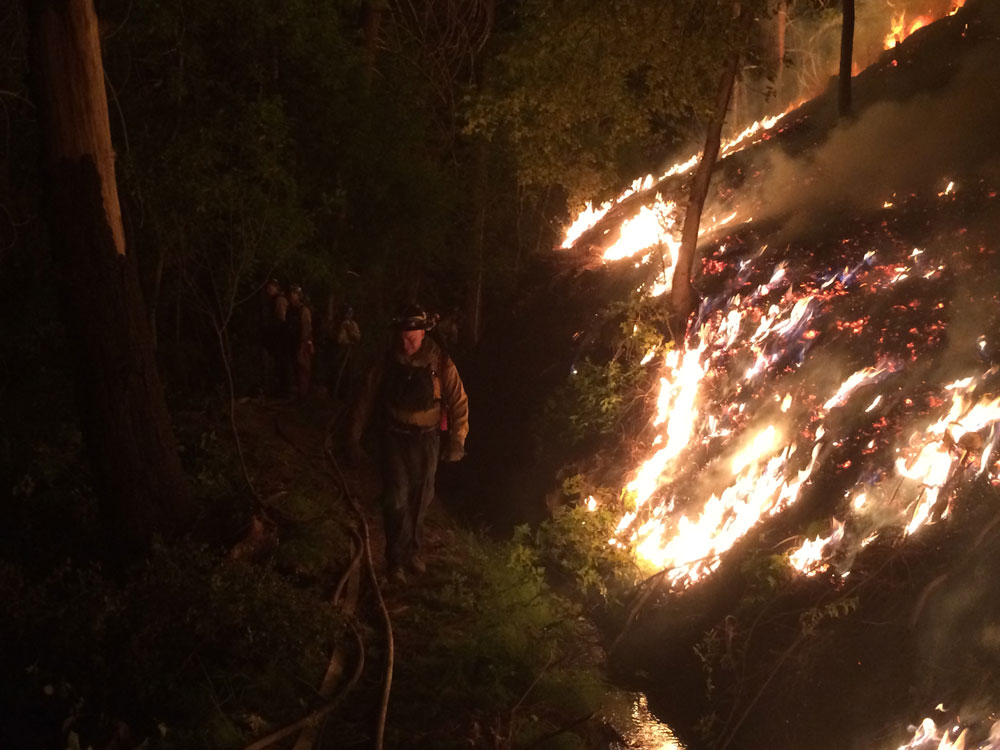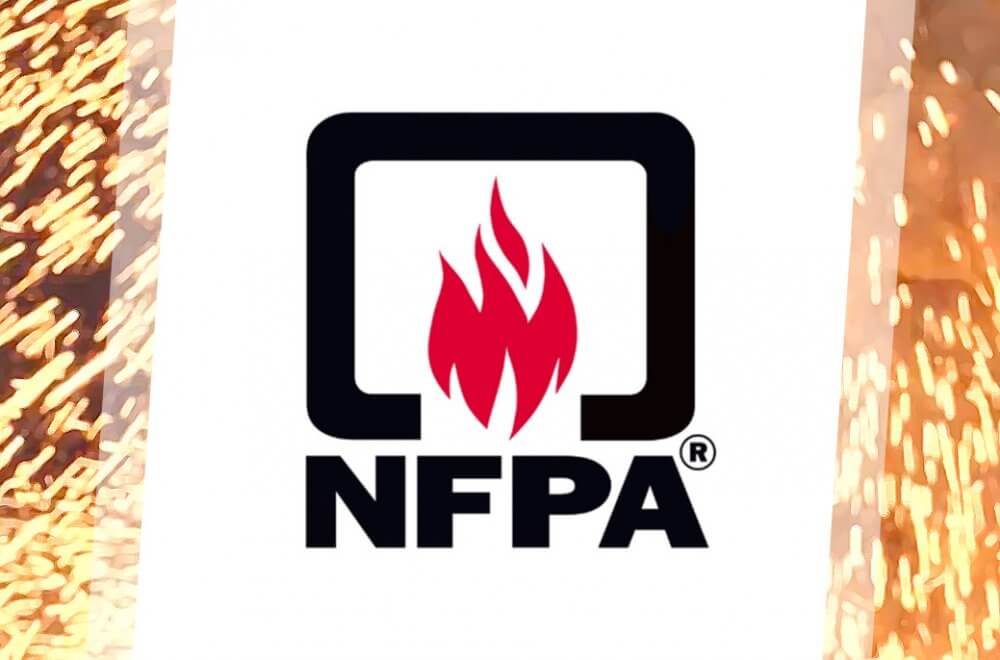Development in the Wildland-Urban Interface and the role Community Risk Reduction plays in building safety.
Serving as the Fire Marshal, the Division Chief of Community Risk Reduction (CRR) advises the SFD Governing Board on the promulgation of a fire code and is responsible for enforcing that code. In addition to the fire code, the District follows a group of nationally recognized standards, mainly from the National Fire Protection Association (NFPA), which have been approved by the Arizona State Fire Marshal’s Office and adopted by the District. These codes and standards, including the Wildland-Urban Interface Code, apply to all new and existing buildings, all remodels and improvements, and all new subdivisions.
The Fire Marshal also oversees hazardous and potentially hazardous activities within the District and issues required permits for activities such as open burning, blasting, materials storage and handling, the use of flammable and combustible products, and special events. See the related policies and guidelines below.
Wildland Urban Interface (WUI)
Among the codes and standards under the purview SFD’s Fire Marshal is the Wildland-Urban Interface, or WUI.
Plans Review & Permitting
All additions and new construction must go through a permitting and review process to ensure that your plans and fire system meet SFD’s adopted fire code.
Policies
The SFD Fire Marshal has prepared Policies, Restrictions, and Guidelines to explain applicable codes and standards.
ISO Rating
Your ISO rating depends on your location within the Sedona Fire District.
Policies, Restrictions, and Guidelines
Facilities Requirements and Access
Fire Life Safety Systems
Development & Construction FAQs
SFD has adopted the International Fire Code, 2012 edition, and the International Urban-Wildland Interface Code, 2018 edition,
with 2012 IFC Amendments as approved by the Arizona State Fire Marshal’s Office.


